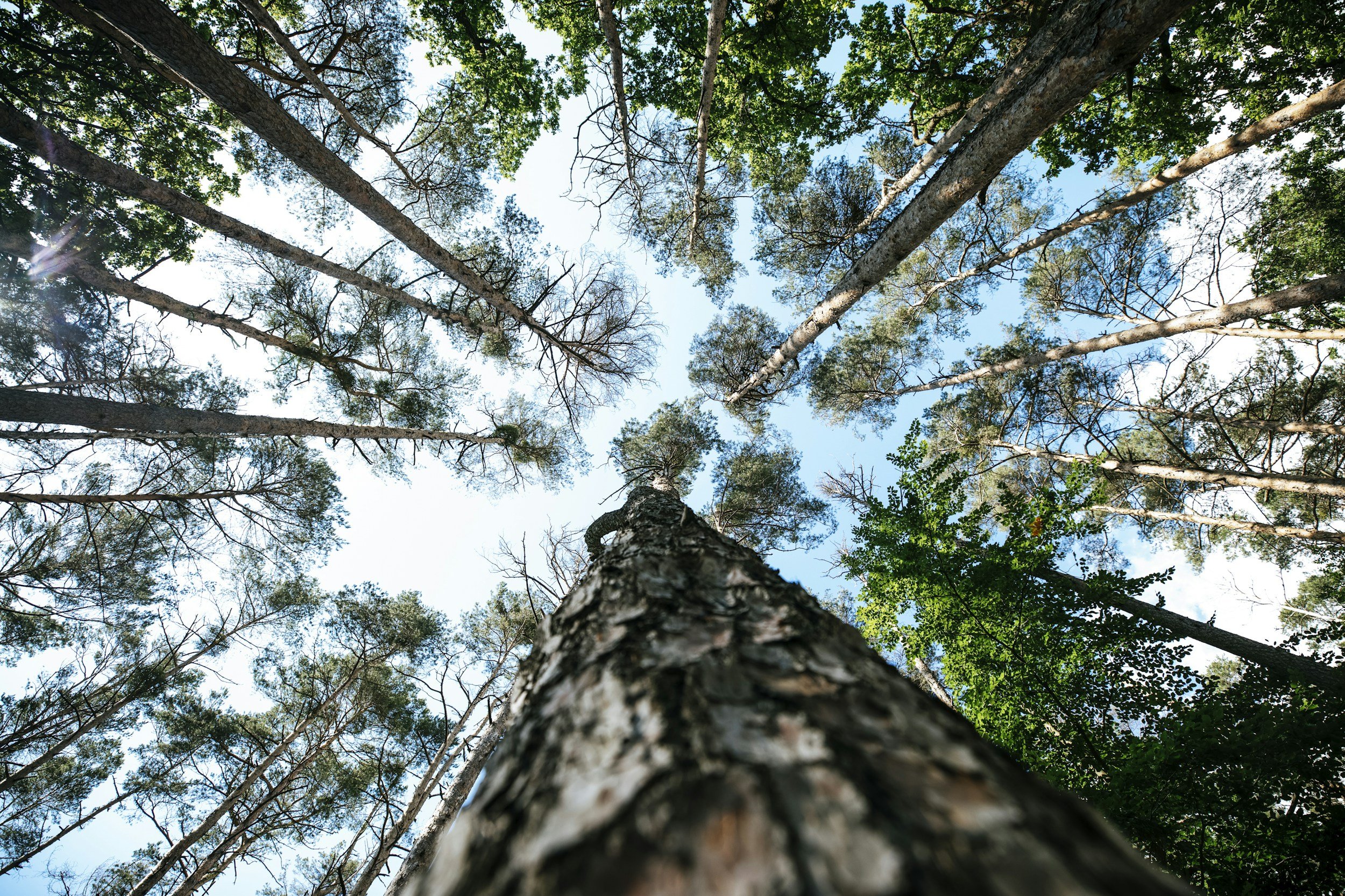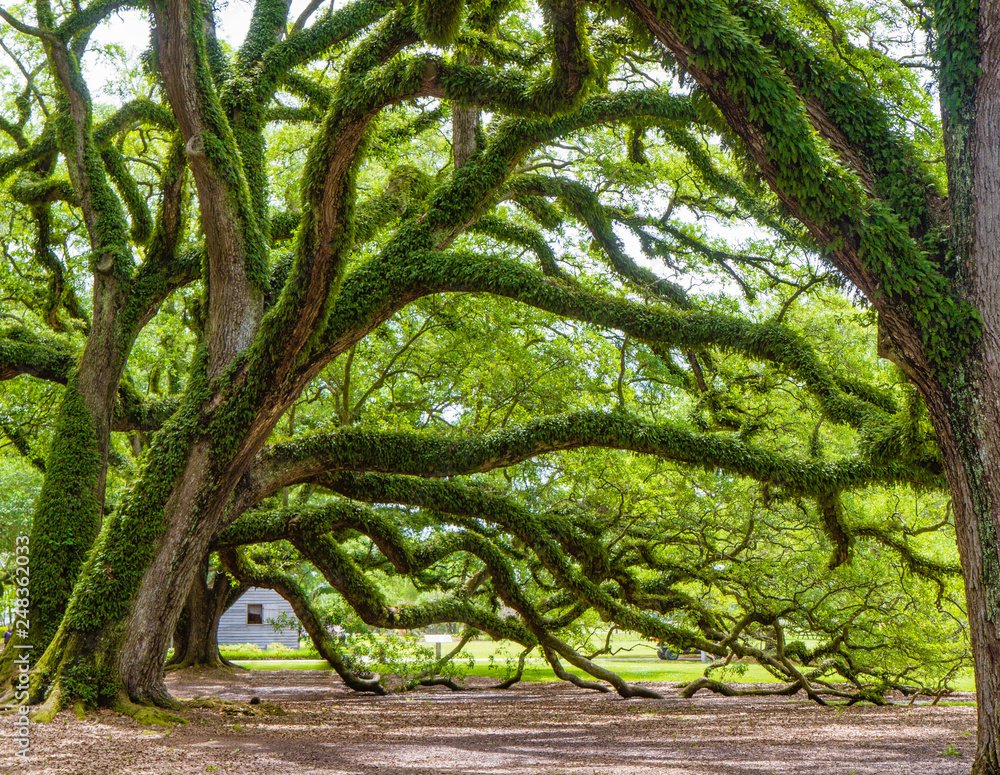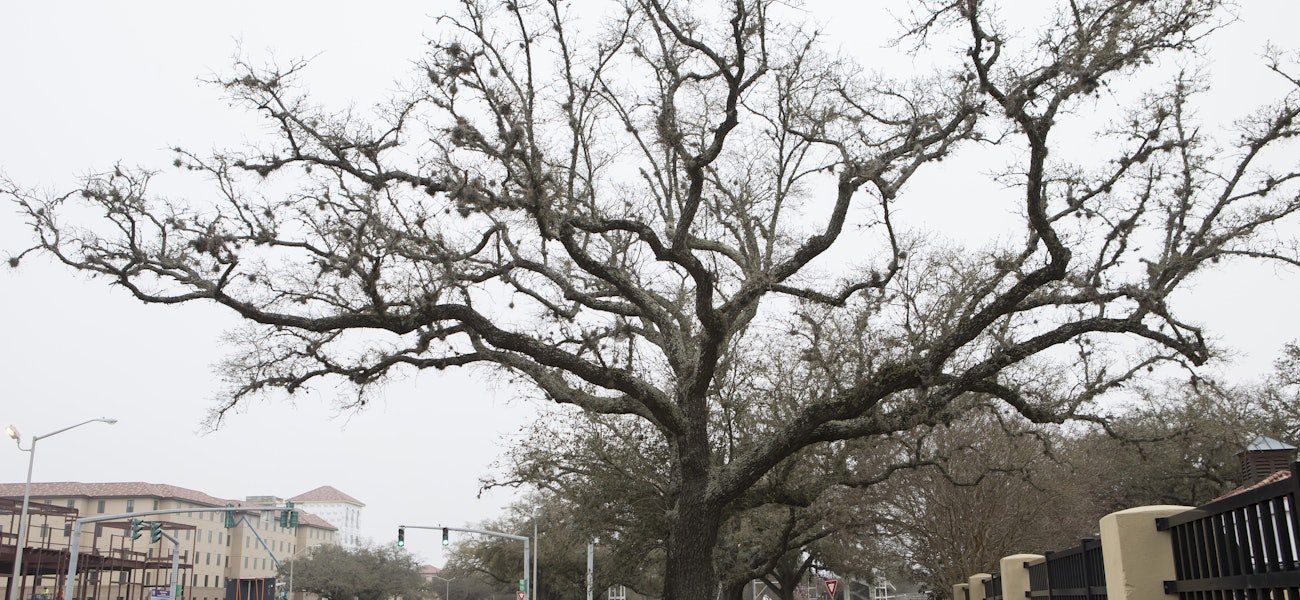
Additional Resources
Want to explore more? Here are curated materials for deeper learning:
Scientific & Technical Resources on Ball Moss
Survey of Tillandsia recurvata: preference, abundance and its effect on host trees: This study highlights that when ball moss becomes overly abundant, it can have deleterious effects on its host due to weight and shading, especially under heavy growth
Liriope's Muse: Ball Moss, an Epidemic: certified arborist Eric Putnam explains why ball moss (Tillandsia recurvata)—though an epiphyte rather than a parasite—can still seriously impact tree health when it proliferates. The article details how dense clumps can block sunlight and airflow, retain moisture that encourages fungi, add weight that leads to limb breakage, and signal deeper underlying issues in an already stressed tree. It also offers effective strategies for managing and removing infestations.
Deforestation is the turning point for the spreading of a weedy epiphyte
This research examines how ball moss thrives in degraded landscapes and influences tree canopy health and regeneration dynamics, indicating its role as a secondary stressor in weakened ecosystemsDoes structural parasitism by epiphytes exist? A case study between T. recurvata and Parkinsonia praecox
In this 2016 study, strong evidence is presented that ball moss can cause anatomical modifications in tree branches—structurally weakening them and acting much like a structural parasiteIs T. recurvata a structural parasite of mesquite? (P. laevigata study)
Newer research (2021) shows that ball moss can alter xylem and phloem anatomy in mesquite branches, reducing water transport and photosynthetic efficiency, which directly contributes to increased branch mortality.


